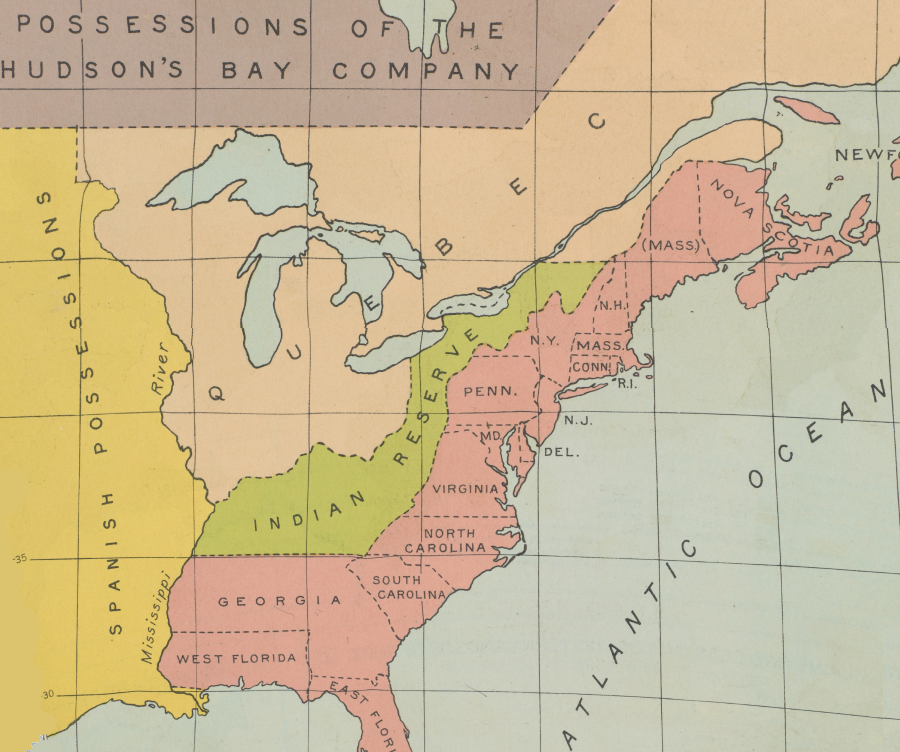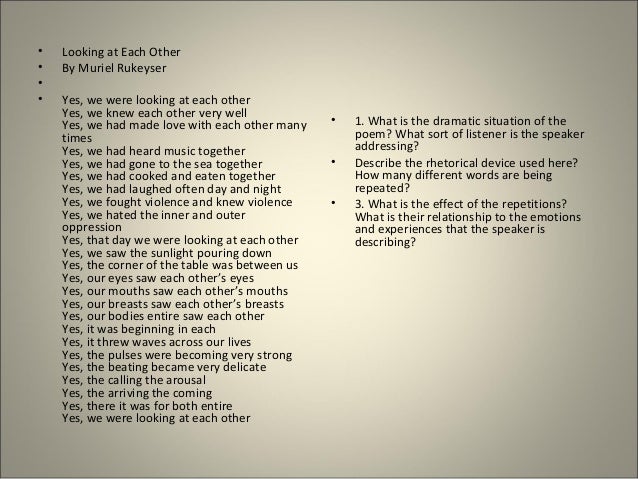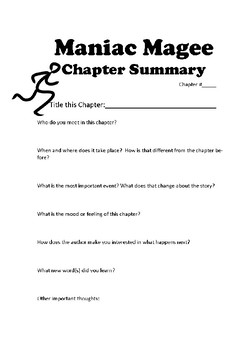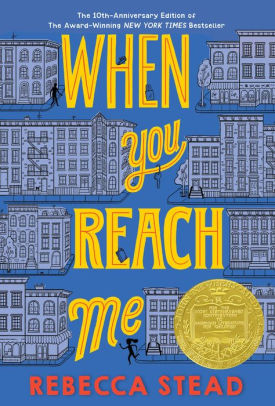Phototropism experiments for kids
Phototropism Experiments For Kids. What did Darwins experiments on phototropism illustrate. Covering the base of the stem did not block phototropic bending. Most plant shoots have positive phototropism. Little ones looking to get their hands dirty will love this series of fun plant experiments for kids that teach essential plant biology concepts such as photosynthesis transpiration capillary action and tropisms in fun and hands-on ways.
 How To Train Your Plant Ii Plant Science Plants Science For Kids From pinterest.com
How To Train Your Plant Ii Plant Science Plants Science For Kids From pinterest.com
So science experiments for high school students on this topic need to introduce variables into the process like covering seedling parts with different materials to see the effects. Early Experiments on Phototropism. While you are waiting prepare the shoebox. I taught science for 27 years. Early experiments on phototropism were based on the idea that plants were bending toward the warmth of the light not necessarily the light itself. Cut a hole roughly 2 inches x 2 inches in one of the narrow ends.
Dutch plant physiologist Boysen-Jensen showed in 1913 that placing a block of gelatin between the tip and the base did not block the.
Cut a hole roughly 2 inches x 2 inches in one of the narrow ends. I became interested in this when I went on a nature hike in the mountains. A tree was. Little ones looking to get their hands dirty will love this series of fun plant experiments for kids that teach essential plant biology concepts such as photosynthesis transpiration capillary action and tropisms in fun and hands-on ways. 10 Plant Experiments for Kids. This diagram depicts early experiments with phototropism.
 Source: untamedscience.com
Source: untamedscience.com
In this experiment we. Through this experiment you will learn about the Phototropism in Plants. Some vine shoot tips exhibit negative phototropism which allows them to grow towards dark solid objects and climb. Cut a hole roughly 2 inches x 2 inches in one of the narrow ends. C that a translucent cap placed over a shoot tip will cause a plant to bend toward light but will inhibit growth.
 Source: pinterest.ph
Source: pinterest.ph
C that a translucent cap placed over a shoot tip will cause a plant to bend toward light but will inhibit growth. So science experiments for high school students on this topic need to introduce variables into the process like covering seedling parts with different materials to see the effects. I have read about experiments that show the effect of light on phototropism and about experiments that use different colored lights to measure plant growth but I have not seen the two combined. Hi I am Janice VanCleave author of 50 best-selling science experiment books for children ages 4 through high school. A tree was.
 Source: growsomegood.org
Source: growsomegood.org
Botany Science Fair Project Ideas Models and Labs Journals. Early Experiments on Phototropism. This is where a plant or organism responds to the source of light and either grows towards it positive phototropism or away from it negative phototropism. Botany Science Fair Project Ideas Models and Labs Journals. I taught science for 27 years.
 Source: amazon.com
Source: amazon.com
Some vine shoot tips exhibit negative phototropism which allows them to grow towards dark solid objects and climb. C that a translucent cap placed over a shoot tip will cause a plant to bend toward light but will inhibit growth. Darwin showed that the phototropic response was lost when the tip of the emerging plant was cut off or covered with an opaque cap. They used newly grown plants with their shoot tips covered by a sheath called the coleoptile. Cut the pieces of cardboard so that they are the same height as the box touching the lid when stood on end and about 2-thirds of its width.
 Source: mamasmiles.com
Source: mamasmiles.com
Hey there I just did this for fun. D that an. B that a translucent cap placed over a shoot tip will cause a plant to both grow and bend toward light. Early experiments on phototropism were based on the idea that plants were bending toward the warmth of the light not necessarily the light itself. Cut the pieces of cardboard so that they are the same height as the box touching the lid when stood on end and about 2-thirds of its width.
 Source: toyboxtech.com
Source: toyboxtech.com
The Experiment of Charles Darwin. To watch all subjects full videos click here. In this experiment we. Early Experiments on Phototropism. D that an.
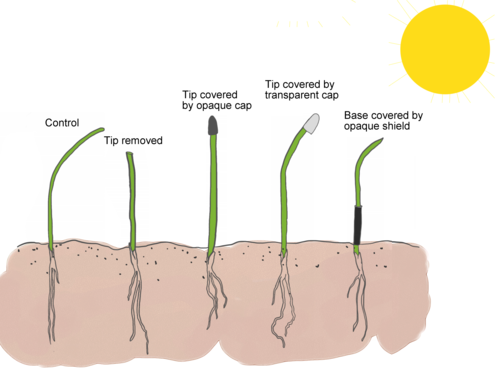
10 Plant Experiments for Kids. Most plant shoots have positive phototropism. Darwin showed that the phototropic response was lost when the tip of the emerging plant was cut off or covered with an opaque cap. Make plants move with light By this age kids know that many plants move toward sunlight a process known as phototropism. Little green thumbs get to do everything from literally cloning cabbage.
 Source: twitter.com
Source: twitter.com
This is where a plant or organism responds to the source of light and either grows towards it positive phototropism or away from it negative phototropism. Some vine shoot tips exhibit negative phototropism which allows them to grow towards dark solid objects and climb. Cut the pieces of cardboard so that they are the same height as the box touching the lid when stood on end and about 2-thirds of its width. Here is a time lapse of a plant moving towards sunlight or also known as PhototropismThanks for tuning in remember to l. B that a translucent cap placed over a shoot tip will cause a plant to both grow and bend toward light.
 Source: untamedscience.com
Source: untamedscience.com
Covering the base of the stem did not block phototropic bending. Roots usually have negative phototropism though gravitropism may play a larger role in root behavior and growth. In this experiment we. This diagram depicts early experiments with phototropism. They used newly grown plants with their shoot tips covered by a sheath called the coleoptile.
 Source: education.com
Source: education.com
D that an. In this experiment we. 10 Plant Experiments for Kids. Hi I am Janice VanCleave author of 50 best-selling science experiment books for children ages 4 through high school. C that a translucent cap placed over a shoot tip will cause a plant to bend toward light but will inhibit growth.
 Source: study.com
Source: study.com
Botany Science Fair Project Ideas Models and Labs Journals. To watch all subjects full videos click here. Hi I am Janice VanCleave author of 50 best-selling science experiment books for children ages 4 through high school. Roots usually have negative phototropism though gravitropism may play a larger role in root behavior and growth. B that a translucent cap placed over a shoot tip will cause a plant to both grow and bend toward light.
 Source: pinterest.com
Source: pinterest.com
Hey there I just did this for fun. Growth towards a light source is a positive phototropism while growth away from light is called negative phototropism. Roots usually have negative phototropism though gravitropism may play a larger role in root behavior and growth. Covering the base of the stem did not block phototropic bending. Cut the pieces of cardboard so that they are the same height as the box touching the lid when stood on end and about 2-thirds of its width.
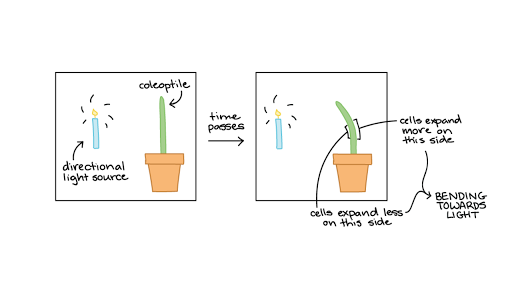
Botany Science Fair Project Ideas Models and Labs Journals. I taught science for 27 years. C that a translucent cap placed over a shoot tip will cause a plant to bend toward light but will inhibit growth. Hey there I just did this for fun. Most plant shoots have positive phototropism.
 Source: pinterest.com
Source: pinterest.com
Cut a hole roughly 2 inches x 2 inches in one of the narrow ends. Through this experiment you will learn about the Phototropism in Plants. Most plant shoots have positive phototropism. Elementary School for class 5th Grade. Little green thumbs get to do everything from literally cloning cabbage.
 Source: sciencebuddies.org
Source: sciencebuddies.org
Hi I am Janice VanCleave author of 50 best-selling science experiment books for children ages 4 through high school. Covering the base of the stem did not block phototropic bending. Early Experiments on Phototropism. Growth towards a light source is a positive phototropism while growth away from light is called negative phototropism. They used newly grown plants with their shoot tips covered by a sheath called the coleoptile.
If you find this site good, please support us by sharing this posts to your own social media accounts like Facebook, Instagram and so on or you can also save this blog page with the title phototropism experiments for kids by using Ctrl + D for devices a laptop with a Windows operating system or Command + D for laptops with an Apple operating system. If you use a smartphone, you can also use the drawer menu of the browser you are using. Whether it’s a Windows, Mac, iOS or Android operating system, you will still be able to bookmark this website.


